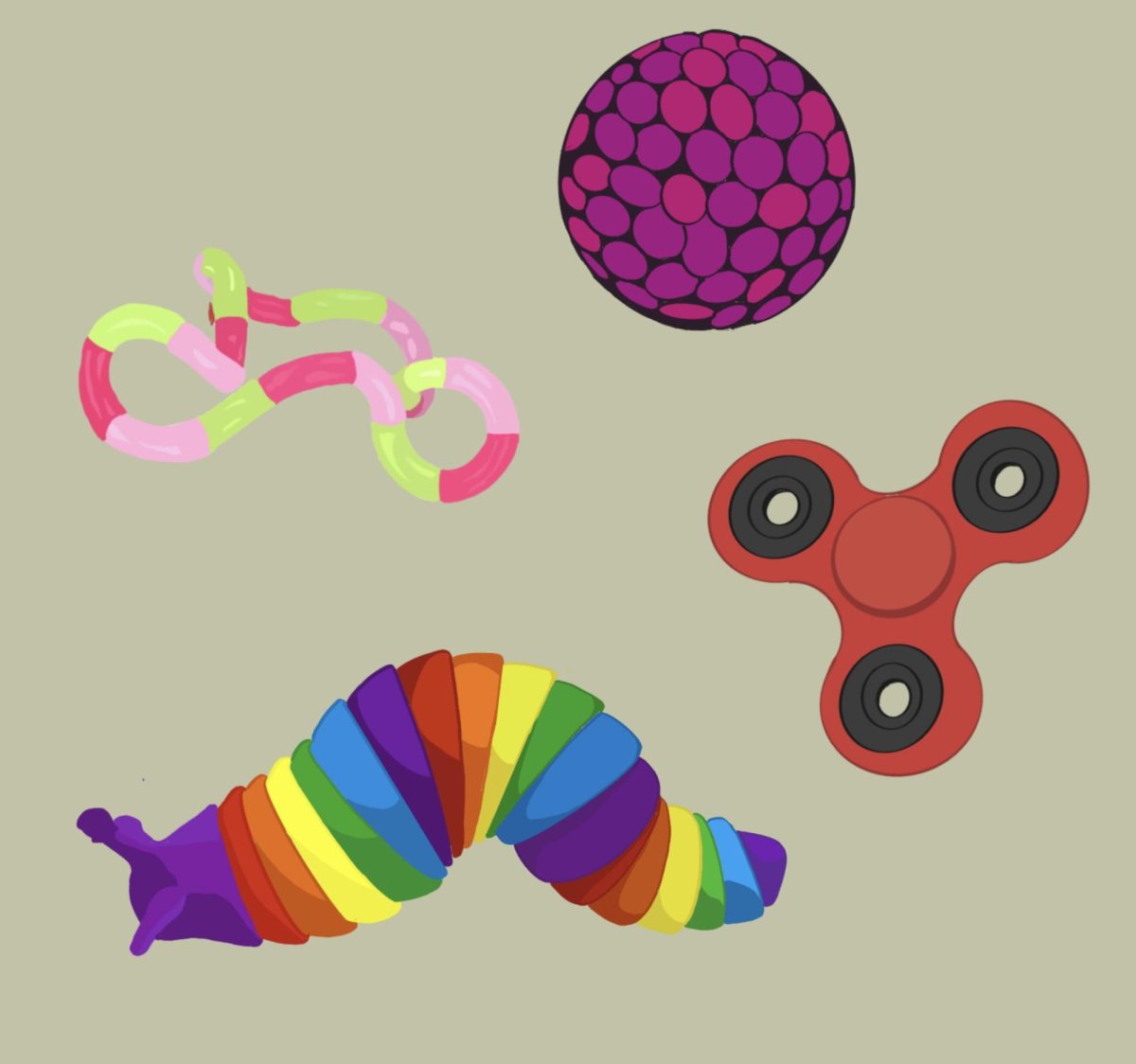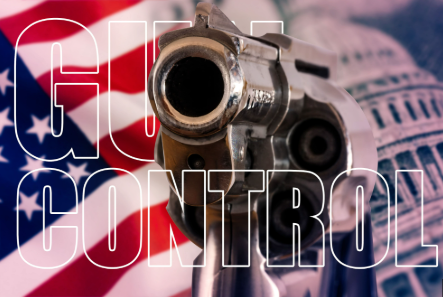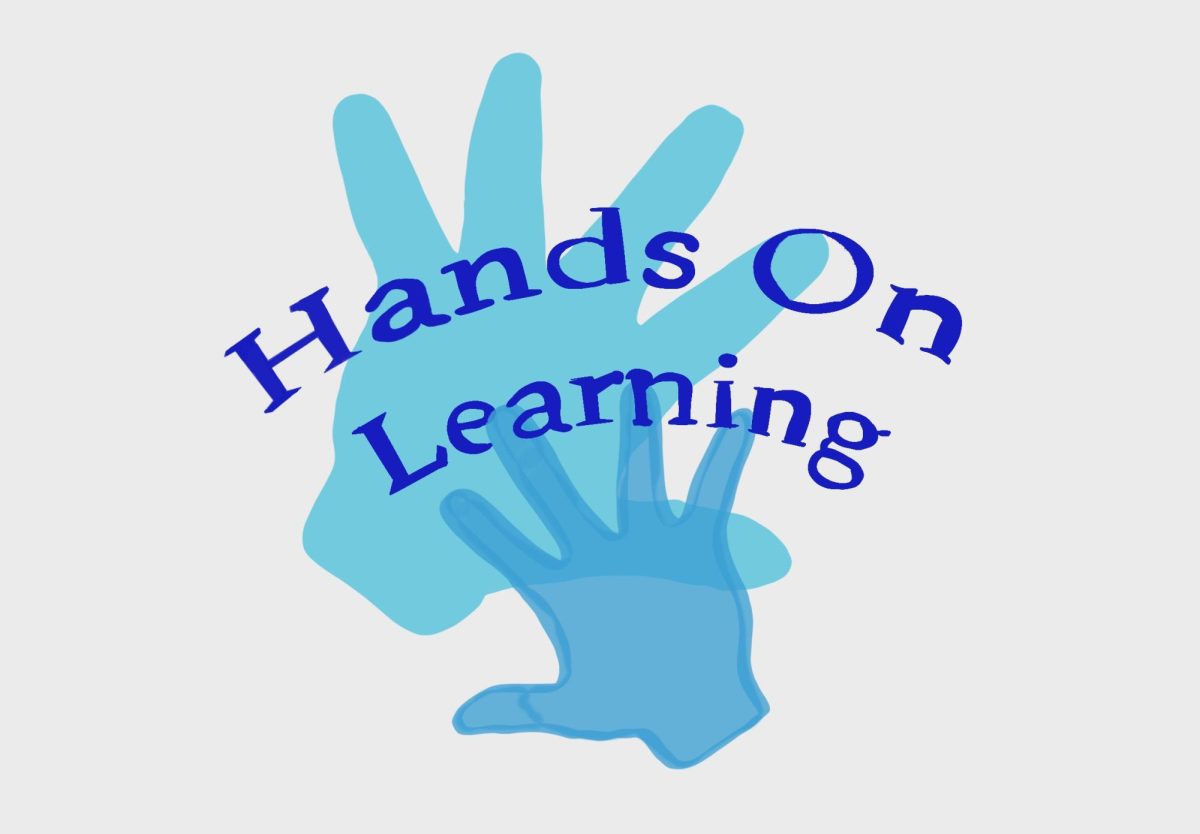Imagine this. You’re sitting in math class, ready to ace your midterm. But, you run into a problem—and it isn’t mathematical. The person sitting next to you won’t stop clicking their pen. The constant clicks deviate your attention away from your test, and just like that, you’ve already lost five minutes of your testing-time, all because of that clicking pen. As one student tries to focus by clicking their pen, the other loses focus as a result.
Testing anxiety and general school stress is common across all students, often leading their bodies to respond to the stressor in jittery ways—whether that means by clicking their pens or tapping their pencils. Consequently, other surrounding students can become distracted or irritated by the noises. Luckily, in recent years, a surge of items referred to as “fidget toys” have hit markets and made an impact on adolescents, from young elementary school kids to college students. Instead of clicking pens, students now have the ability to quietly maintain their stress by squeezing a dough-like, silky stress ball at their desk.
From the well-known, bold-colored fidget spinner that gained popularity in 2016 to modernized fidgets such as sleek fidget rings, fidgets have developed from simply toys for children into clever and quiet tools students of all ages can utilize in the classroom to manage stress, anxiety and improve focus.
“Fidgets, such as stress balls or fidget rings, can be helpful because it can be hard to focus at school, especially when you’re tired or when there’s other distractions,” WHS student Rebecca Schmidt said.
Giving students access to fidget toys in a classroom can play a big role in maintaining student productivity and focus. According to research by Julie Schweitzer, a professor in the Department of Psychiatry and Behavioral Sciences at the University of California Davis, fidgeting improves cognitive performance in children with Attention-Deficit/Hyperactivity Disorder (ADHD).
“What was really interesting was the longer the task went on, the greater the effect of the fidgeting. So, as attention wanes, people fidget more and perhaps this helps maintain focus and regulation,” Schweitzer said following an experiment focused on gauging the relationship between attention span and fidgeting.
With this in mind, it is evident that students, especially those with ADHD, are bound to lose focus in a typical 45 minute school class, leading them to fidget and potentially distract others. So, with fidget toys in a classroom, students who struggle to stay on task not only have a way to maintain their focus, but also are able to do so in a quiet, less-distracting way.
“A lot of the time people will resort to bouncing their leg, which can be annoying, and sometimes people will pick at their fingernails, which hurts after a while. Having a quiet fidget toy benefits not just the user, but those around them, too, because they won’t have to hear clicking or tapping,” Schmidt said. “But, it is important to make sure the fidgets are not loud and distracting to other students.”
Essentially, giving students access to fidgets in a classroom is a key move in boosting classroom performance across students, and something teachers should employ into their daily lessons and test days. But, of course, it is important that students do not take advantage of the fidgets and view them as toys to distract themselves with, and instead see them as beneficial tools to use to cope with their attention difficulties.
















